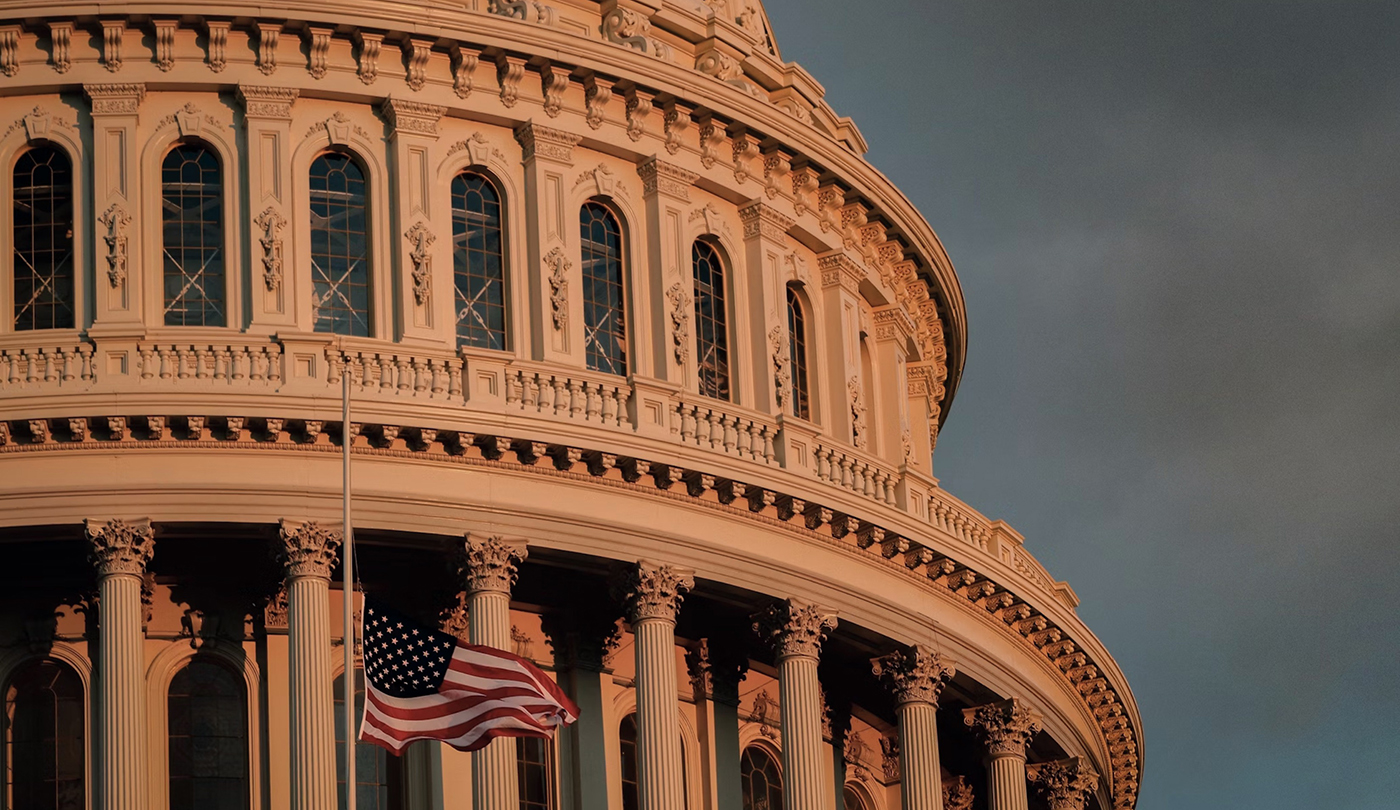Explaining New Jersey’s Large Load Tariff Bill
- Topics :
- Government Incentives
How The Inflation Reduction Act (IRA) Paves The Path Forward
Published April 27, 2023
 By Maeve Colarusso
By Maeve Colarusso

On August 16th, President Biden signed the most significant climate bill in the history of the United States into law. The Inflation Reduction Act (IRA) is a major legislative package that allocates $369 billion, over 80% of the package total, to fighting climate change.
Before the IRA passed, the United States was on track to reach a 25% emissions reduction by the year 2030. Now, and without accounting for the slew of private investment that will follow, the United States is set to reach a 40% reduction (below 2005 levels) by 2030.
The IRA provides long-term tax credits and funding packages that not only drive down the price of renewable energy and infrastructure but create the economic stability necessary for a green energy transition. But these incentives are only as good as they are accessible.
How Can State and Local Governments Take Advantage Of The IRA?
The Inflation Reduction Act grants state and local governments access to billions of dollars of climate-related funding through a variety of programs administered by various agencies and departments.
Available Funding
- $5 billion is allocated to Climate Pollution Reduction Grants to help state and local governments develop and implement carbon reduction strategies
- $27 billion is allocated to a Greenhouse Gas Reduction Fund to accelerate the deployment of clean energy technology by providing financing to states, municipalities, and tribal governments; and billions more to make renewable, energy efficient, and low carbon tech available to state, city, and municipal governments
These programs jumpstart the clean energy transition by empowering states and cities to assume a greater responsibility in the fight against climate change. Charged with these investments, cities and state leaders, sustainability offices, and legislatures can implement progressive greenhouse gas reduction plans without overextending their own budgets, serving as the test bed for innovative policy and technology implementation; such as NZero.
As governments receive this funding, and apply for funds sequestered in competitive grant programs, access to real time data becomes imperative to both accessing funds and tracking progress.
Accurate Data Unlocks Your Funding
Governments and businesses preparing themselves to best take advantage of the incentives embedded within the Inflation Reduction Act need access to accurate, real-time, energy use and emissions data.
Accurate energy & emission data:
- drives the optimization of operational performance
- ensures significant returns on investment
- allows stakeholders to track progress
- can be leveraged to apply for and receive funding
Yearly greenhouse gas inventories and standard reporting measures are inaccurate and unable to account for emissions across all three Scopes leading to poor data analytics and confused decision-making.
Simply put, accurate data allows state and local governments to make a better case for their project’s funding.
Leveraging NZero Data Accuracy To Secure Funding
NZero’s technology offers accurate carbon accounting across all three scopes, with real time access to Scope 2 emissions data. Our method of carbon accounting offers clients data that is up to 35% more accurate than competitors and empowers both private and public clients to identify and visualize emissions reduction opportunities based on detailed, accurate, granular data reporting.
Scope 2 represents emissions from purchased electricity that are often the bulk of both private and public emissions. NZero’s proprietary technology uses location based emissions factors to calculate Scope 2 emissions in real time and within the context of the supplying grid’s carbon intensity.
Implementing this level of granular tracking and hourly accounting allows decision-makers to analyze operational shifts, policy goals, or proposed solutions and determine which projects decrease energy usage when grid emissions are high, reducing their carbon footprint most efficiently.
With billions of dollars available to state and local governments through the IRA to help fight climate change, accuracy of your climate data is key to maximizing funding – and ultimately reaching your climate goals.









